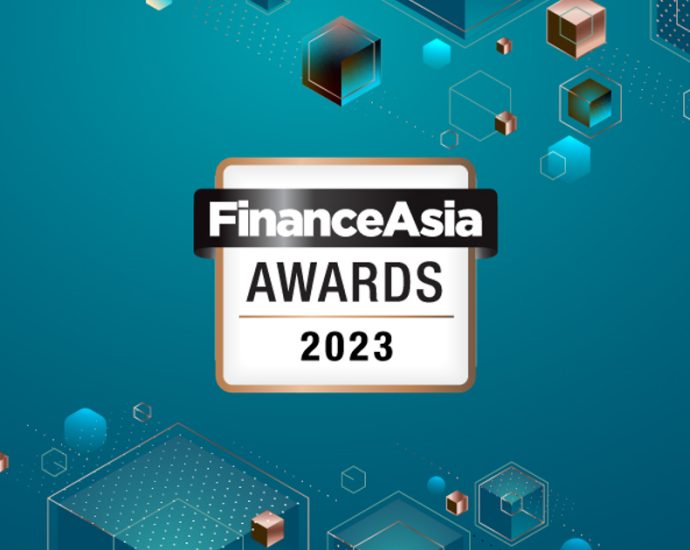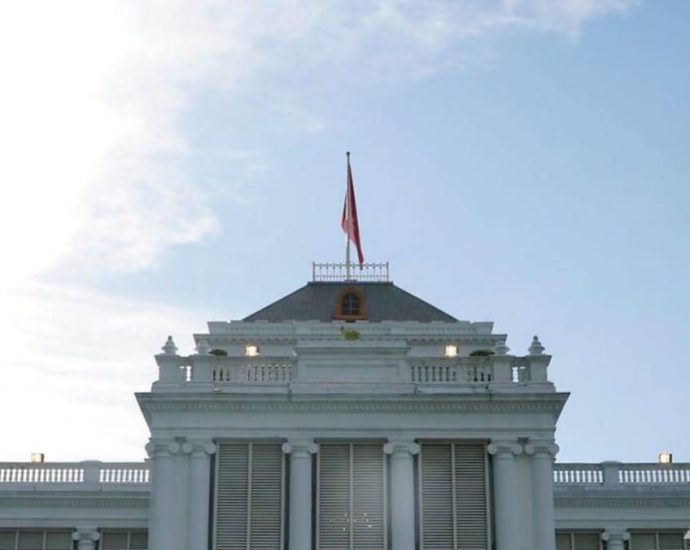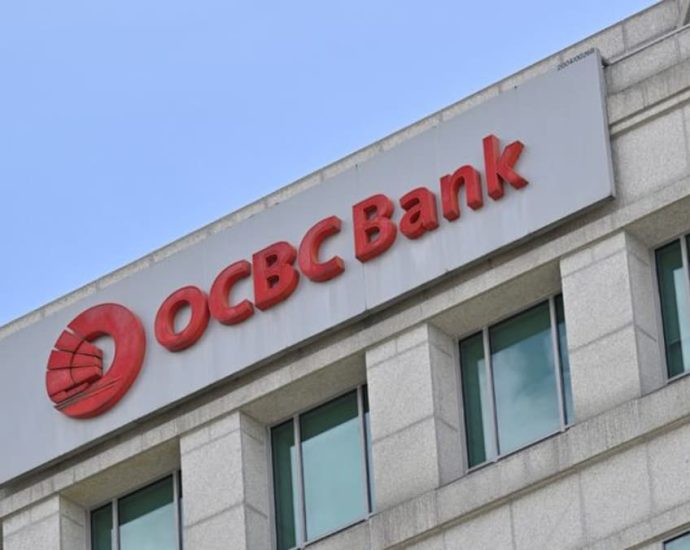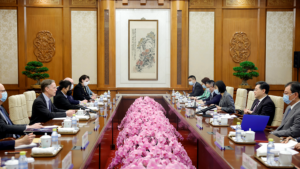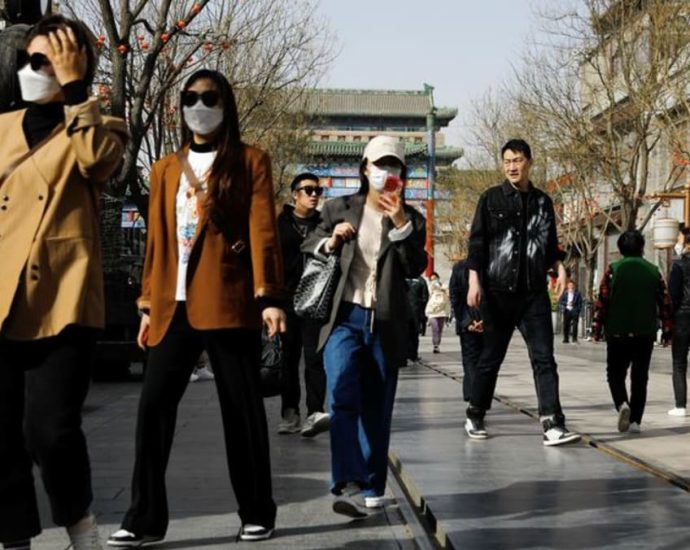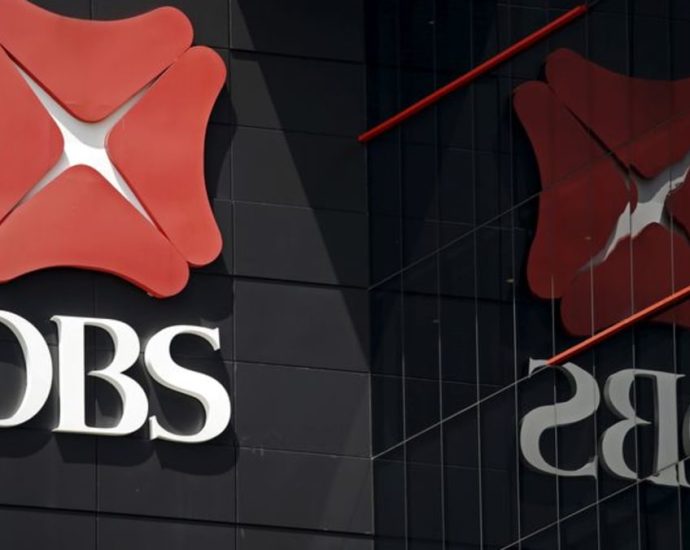Singapore digital banks behind the regulatory times
The digital banking ecosystem among Southeast Asia’s approximately 687 million inhabitants is diverse.
Some ASEAN members, including the more developed ASEAN-5 economies and Brunei, have well-consolidated financial services sectors, while others — especially in their rural areas — have large unbanked populations. Traditional banks and fintech start-ups have increasingly turned to digital banking to solve this problem but various issues demand greater regulatory oversight.
Digital banks have proliferated across Southeast Asia and financial authorities in Singapore, Malaysia and the Philippines are seeking to incentivize financial innovation by supporting fintech growth without compromising financial stability. Some of these initiatives include rules for digital wallets, peer-to-peer lending, application programming interfaces, licensing frameworks for digital banks and regulatory sandboxes.
Digital banking adoption is influenced by numerous factors including unmet customer needs, technology adoption, talent and national identification tech systems. The World Bank estimated that the region’s connectivity rate of 133% contrasts with only 27% of the population having a bank account. It is estimated that 80% of Indonesia, the Philippines and Vietnam, and 30% of Malaysia and Thailand are unbanked.
Traditional banks such as the United Overseas Bank and Commerce International Merchant Banks have increasingly leveraged technology to compete with online-only banks and fintech start–ups. But with increasing mobile connectivity, monetary authorities — including the Monetary Authority in Singapore — have leaned towards licensing digital-only banks and nurturing fintech start-ups to compete with traditional banks.
The number of fintechs in Southeast Asia increased from 34 to 1,254 between 2000-2022. Southeast Asian fintechs have a cumulative total of US$4.8 billion of equity funding — the largest share of these start-ups located in Singapore.
Singapore’s position as a financial hub and the region’s leading digital economy for tech-driven innovation makes it an ideal choice to observe the motivations and challenges for technological transformation in financial services.
In December 2020, the Singaporean Monetary Authority awarded digital full bank licenses to GXS Bank and Sea Limited’s Mari Bank and gave significantly rooted foreign bank privileges to Trust Bank to create competition for traditional incumbents and encourage financial innovation and digital banking.

These initiatives prompted the three biggest traditional banks in Singapore — namely the Development Bank of Singapore (DBS), Oversea-Chinese Banking Corporation (OCBC) and United Overseas Bank (UOB) — to accelerate their transformation processes. With high overheads, traditional banks must transform to compete with fintechs in terms of costs, products and services.
DBS approached this challenge in its journey toward being a tech-minded company by collaborating with cloud computing provider Amazon Web Services to retrain its staff in digital tools, artificial intelligence (AI), and machine learning. Over 3,000 DBS employees — including senior executives — were trained in innovative technologies.
DBS differentiated itself by developing 85% of its technology in-house — rather than outsourcing — during its cloud-based tech infrastructure transition. Data is used for personalized intelligence and analytics to enable a greater understanding of customers’ desires and expectations. DBS is industrializing the use of AI and machine learning to power differentiated customer experiences.
Fundamentally, DBS had to operate as a start-up and embed an appropriate organizational start-up culture — a particular challenge for incumbent banks transitioning into the tech space. Adopting a hybrid multi-cloud infrastructure, DBS aims to reduce infrastructure costs by adapting its architecture to the cloud and reimagining its processes to be customer-centric.
In this context, Singapore’s Smart Nation Initiative “Singpass”, a digital identification framework, could play a key role in enrolment and verification. DBS has become a technology company, enabling flexibility to experiment and implement changes faster, and integrate with customer systems.
For example, DBS and GovTech are teaming up to pilot Singpass face verification technology for faster digital banking sign-ups among seniors aged 62 and above.
During Singapore’s economic post-Covid-19 transition, DBS created the DBS Digital Exchange to manage its integrated digital ecosystem. Self-directed trading is possible via its digibank app. DBS and JPMorgan also co-created “Partior” as a blockchain-based cross-border clearing and settlement provider that harnesses smart contracts to transform the future of payments.
Before experimenting with intelligent banking, DBS built its proprietary AI machinery using an integrated approach. This combines predictive analytics, AI and machine learning, and customer-centric design to convert data into hyper-personalized nudges to help customers make informed decisions.
Because DBS provides “insights” and “nudges” for customers on its digibank app, the technology must be consistent and dependable. Yet despite spending billions on tech, training, contracting reputable vendors and using proven technology, DBS still encountered technical problems in its digitalization journey.
On May 5, 2023, DBS’ online banking and payment services were disrupted for the second time in two months. Previously, on March 29, 2023, DBS lost electrical power, disrupting its digital services for 10 hours. These two disruptions come 16 months after an outage in November 2021 which lasted for two days, causing access problems to the bank’s control servers.

For the 2021 outage, the Monetary Authority required DBS to apply a multiplier of 1.5 times to its risk-weighted assets for operational risk, amounting to US$700 million of regulatory capital to ensure sufficient liquidity.
As traditional banks like DBS digitalize and embrace technology, they must have robust business recovery and continuity capacity built into their digital frameworks. Regulatory authorities like the Monetary Authority have driven digital transformation and highlighted the need for banks to continually review their digital banking infrastructure.
But regulators also need to increase monitoring and supervision of banks’ digital processes and transformation models.
Dr Faizal Bin Yahya is Senior Research Fellow in the Governance and Economy Department of the Institute of Policy Studies, National University of Singapore.
This article was originally published by East Asia Forum and is republished under a Creative Commons license.


